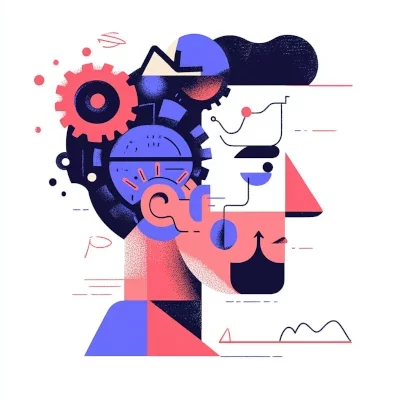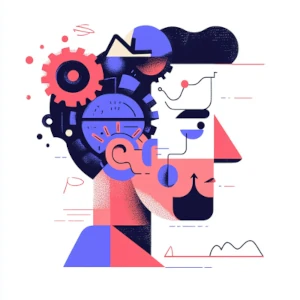An 'always-on' change capability
And the key components needed

Delivering fast, sustainable results from your Continuous Improvement and Transformation Programs is hard
It’s hard successfully establishing and managing the required improvement processes and systems to deliver results quickly and sustainably. And, it’s hard bringing everyone on the journey.
An ‘always-on’ change capability for your organization requires:
- Processes and systems enabling you to manage your improvement pipeline at quickly and sustainably
- Your people to be committed and empowered to change
Let’s take a look at each.
1. Processes and systems to manage your improvement pipeline at pace
The processes and systems supporting your improvement program should run like a ‘well-oiled machine’. This is a challenge when you may have 100 or a 1000+ initiatives running at different speeds, with widely varying objectives, in different areas of the business across multiple programs at different stages of their life cycle. How do you tie all this together and ensure successful completion and delivery of the promised results ?
It’s a common issue faced by all organizations hoping to deliver improvement and it often lands at the door of the Improvement team to fix…
Here’s a summary, based on our improvement experience, of the processes that you need to think about when running your improvement program.
- Idea contribution: Ideas being contributed from everyone in your organization; simple value-ease prioritization process to define high priority ideas
- Stage gating: Strongly defined stage gating process with structured gates, gate approvers and required approval process
- Implementation planning process: Full implementation plans defined prior to implementation including current/future state, KPIs, milestones/gates and risks
- Target setting: Both top-down and bottom-up target setting defined for all improvement program areas to drive execution pace. Bottom-up target setting during the early diagnostic phases and then bottom-up target setting once implementation plans are defined
- Tracking and reporting progress: Easy access to ‘single source of truth’ reporting (charts, dashboards, reports)
- Progress reviews: Regular progress reviews at all levels to drive execution pace, resolve escalated issues and provide direction as needed. Review should be structured with actions, KPIs, dashboards/reports
- Locking-in improvement: Sustainability best practices in place including defining sustainability steps in the work plan, defining and tracking measures of success KPIs during implementation to ensure success achieved, lock-in gate criteria, and process confirmations in place after the initiative is completed
2. Enabling your people to be committed and empowered to change
Change is not going to happen without people firmly committing to the change and being empowered to make the change.
As part of the improvement team, you need to think about how to make this happen in your organization.
Imagine your improvement program is like trying to steer a rowing boat in a race and the other crews are your competitors and that you don’t have the willing co-operation of the crew! in this analogy, not only do you need to go in the right direction, you need to get there ahead of your competitors.
There are four critical people aspects to get right in this race:
- Effective workforce communication by leadership of the need for improvement (what direction and why) resulting in…
- High workforce engagement and effort (we all want to get there)
- Effective on-going capability building for everyone (the right training/coaching) resulting in…
- Strong change capabilities throughout the organisation (everyone knows how to make it happen)
Conclusion
In summary, if you can both successfully build effective processes and systems to manage your improvement processes and also enable your people to be committed and empowered to make change you will have an ‘always on’ change capability able to manage both Continuous Improvement and major Transformation programs.
These insights can be downloaded as part of our complete ‘Challenges of Delivering’ guide pdf.
An 'always-on' change capability guide
The key components needed to enable your Continuous Improvement and Transformation Programs successfully deliver sustainable impact

